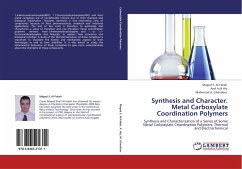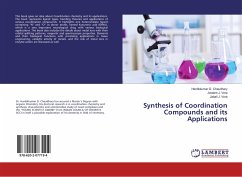Two new lead(II) coordination complexes [Pb(L)(SCN)]n (1) and [Pb2(L/)2(SCN)4]n (2) , where L and L stand for C6H5NO2 (2-pyridinecarboxylic acid) and C4H6N2 (1-methyl imidazole) respectively, have been synthesized following two different experimental approaches, the branch tube method and sonochemical irradiation. Independently of the methodology used, the same crystalline phase is obtained for each complex. Single crystal X-ray analyses on compounds 1 and 2 showed that Pb2+ ions are 7- and 8-coordinated. Topological analysis shows that the compound 1 and 2 are 3,4L83 and 3,4,7L1 net, respectively. However, neither the shape nor the morphology is maintained, showing the role of sonochemistry to modulate both morphology and dimensions of the resulting crystalline material. Finally, the role of reaction time and temperature on the growth and final morphology of the structures obtained by sonochemical irradiation has been studied.
Bitte wählen Sie Ihr Anliegen aus.
Rechnungen
Retourenschein anfordern
Bestellstatus
Storno








